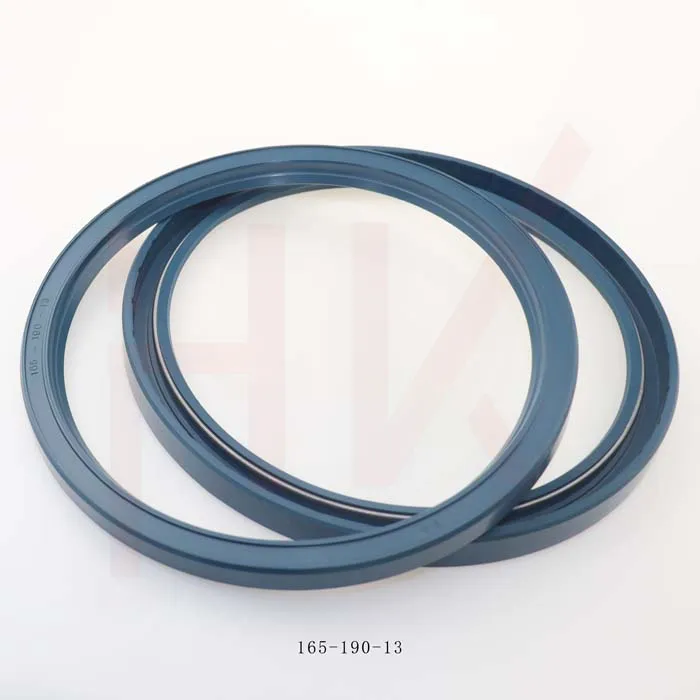Oct . 22, 2024 05:49 Back to list
hydraulic ram seals
Understanding Hydraulic Ram Seals
Hydraulic ram seals play a critical role in the performance and longevity of hydraulic systems. These seals are essential components that ensure fluid containment and prevent leaks in various hydraulic machinery and equipment. A hydraulic ram, commonly used in hydraulic systems, relies on these seals to function effectively and efficiently.
Hydraulic ram seals are designed to withstand high pressures, extreme temperatures, and exposure to various fluids. The primary function of these seals is to create a barrier that prevents hydraulic fluid from escaping the system while also keeping debris and contaminants from entering. This is crucial, as even the slightest leak can lead to significant losses in hydraulic efficiency, increased wear on components, and potential system failures.
There are several types of seals used in hydraulic rams, including O-rings, U-cups, and lip seals. O-rings are circular seals that fit snugly into a groove, providing a reliable seal under compression. U-cups, characterized by their U-shaped profile, function well in dynamic applications, where they can maintain a tight seal during the ram's movement. Lip seals, on the other hand, feature a flexible lip that conforms to the surface of the cylinder, offering excellent resistance against leakage.
hydraulic ram seals

When selecting the appropriate hydraulic ram seals, several factors must be considered
. First and foremost is the compatibility of the seal material with the hydraulic fluid being used. Common materials include Nitrile (Buna-N), Polyurethane, and Viton, each offering different properties suited for various applications. For example, Viton is known for its resistance to heat and chemicals, making it ideal for high-temperature environments, while Nitrile is typically used for standard hydraulic fluids.Another crucial consideration is the pressure and temperature ratings of the seals. Hydraulic systems often operate under high pressure, and the seals must be rated accordingly to ensure they can withstand the conditions without failure. Moreover, the operating temperature can significantly impact the seal's performance, as extreme temperatures may lead to degradation or loss of flexibility in the seal material.
Maintenance of hydraulic ram seals is equally important to ensure their longevity. Regular inspections can help identify signs of wear, such as cracking or hardening, which can indicate an impending failure. It is also essential to keep the hydraulic system clean, as dirt and debris can damage seals and lead to leaks. Replacing worn seals promptly can prevent costly downtime and extend the life of the hydraulic system.
In conclusion, hydraulic ram seals are vital components that contribute significantly to the reliability and effectiveness of hydraulic systems. By understanding the types of seals available, their materials, and maintenance practices, operators can ensure optimal performance and durability of their hydraulic equipment. Investing in high-quality seals and adhering to regular maintenance schedules can lead to a more efficient and trouble-free hydraulic operation, underscoring the importance of these seemingly small yet crucial components.
-
TCN Oil Seal Metal Ring Reinforcement for Heavy Machinery
NewsJul.25,2025
-
Rotary Lip Seal Spring-Loaded Design for High-Speed Applications
NewsJul.25,2025
-
Hydraulic Cylinder Seals Polyurethane Material for High-Impact Jobs
NewsJul.25,2025
-
High Pressure Oil Seal Polyurethane Coating Wear Resistance
NewsJul.25,2025
-
Dust Proof Seal Double Lip Design for Construction Equipment
NewsJul.25,2025
-
Hub Seal Polyurethane Wear Resistance in Agricultural Vehicles
NewsJul.25,2025
-
The Trans-formative Journey of Wheel Hub Oil Seals
NewsJun.06,2025
Products categories
















